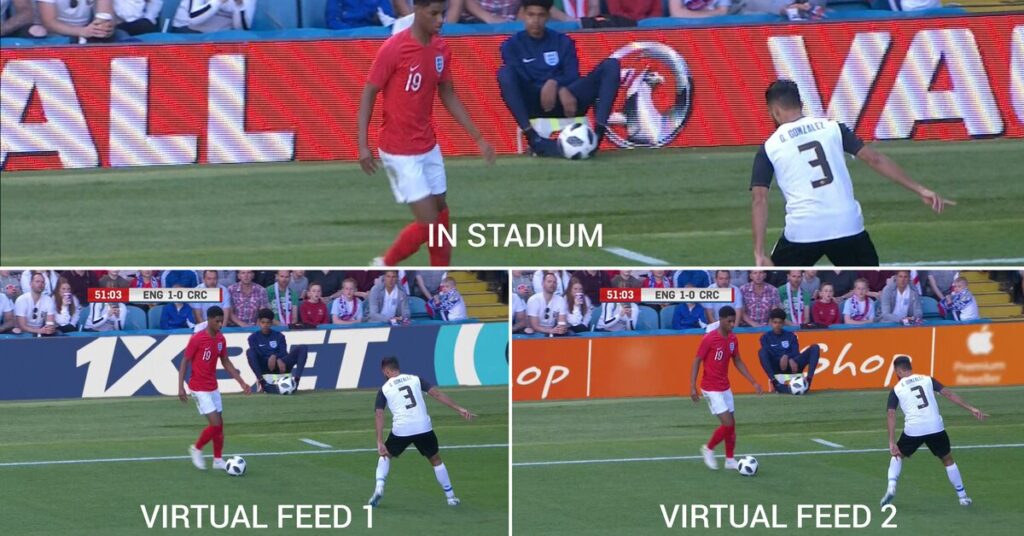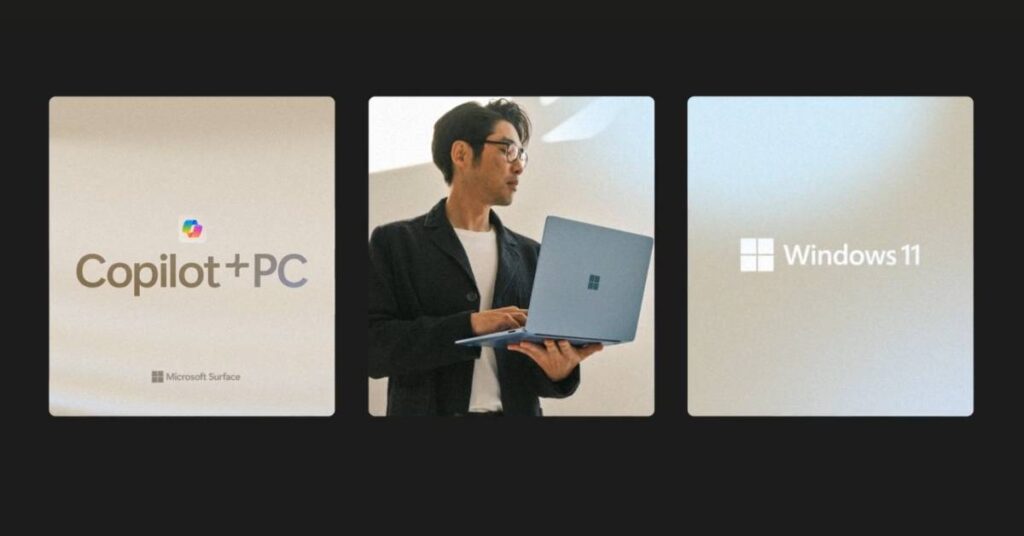In the evolving world of tech and marketing, brands are not shy to take the deep plunge into integrated mixed reality and experiential marketing. At the end of the day, it’s the customers and the sales that matter.
Brands and marketers, alike, have leveraged emerging technologies to optimize marketing strategies for maximum impact. Artificial intelligence (AI) has so far been one of the biggest game changes in the world of marketing and advertising, followed by augmented reality (AR), virtual reality (VR), the metaverse, and so on. And there’s mixed reality as well. It integrated the elements of AR and VR to create an interactive and captivating user experience.
Mixed reality provides immersive experiences, enhances customer experience, increases brand visibility, expands global reach, and provides insights. Experts say mixed reality starts with the virtual world, whereby the user is anchored to an interactive digital environment; it replaces the real world, overlapping real objects.
There’s also something called experiential marketing which is a fast and effective way of building brand awareness through face-to-face connections with customers. It is described as an authentic and relatable way of building brand and loyalty. It’s an entire channel of marketing that involves any face-to-face or offline effort to raise brand awareness, create and nurture business opportunities, and develop long-term customer loyalty.
Jonah Midanik, founder & CEO of Limelight platform, says experiential marketing is also about leading up to and coming out of the experience, event, or activation. “Think about it as live marketing focuses on people-to-people interactions, whereas experiential can include people-to-paper, people-to-radio, or some sort of in-person experience. Live marketing takes on a holistic approach to face-to-face advertising, whereas experiential can be divided.
Immersive technology is being integrated into modern experiential marketing at significant speed for never like before brand experience and user experience.
Also Read: Publicis Groupe Introduces ‘St Marks Studios’ for Experiential Activations



